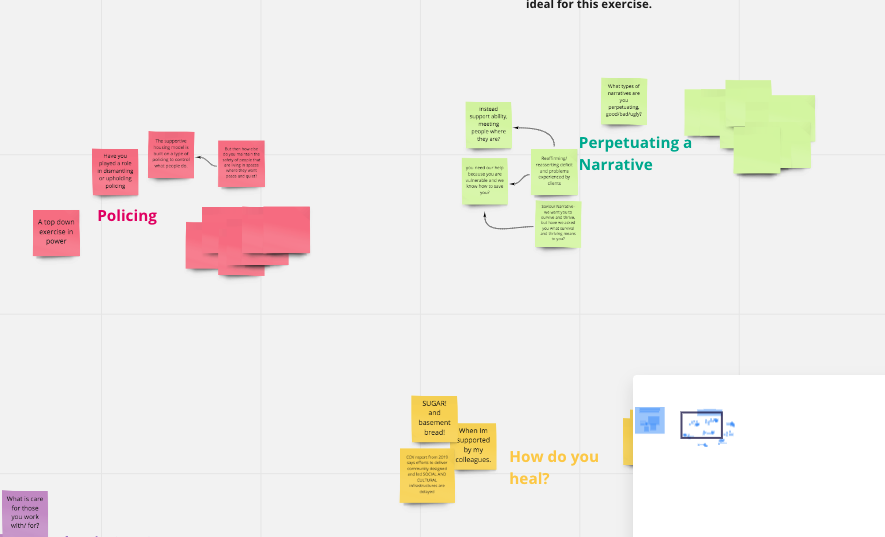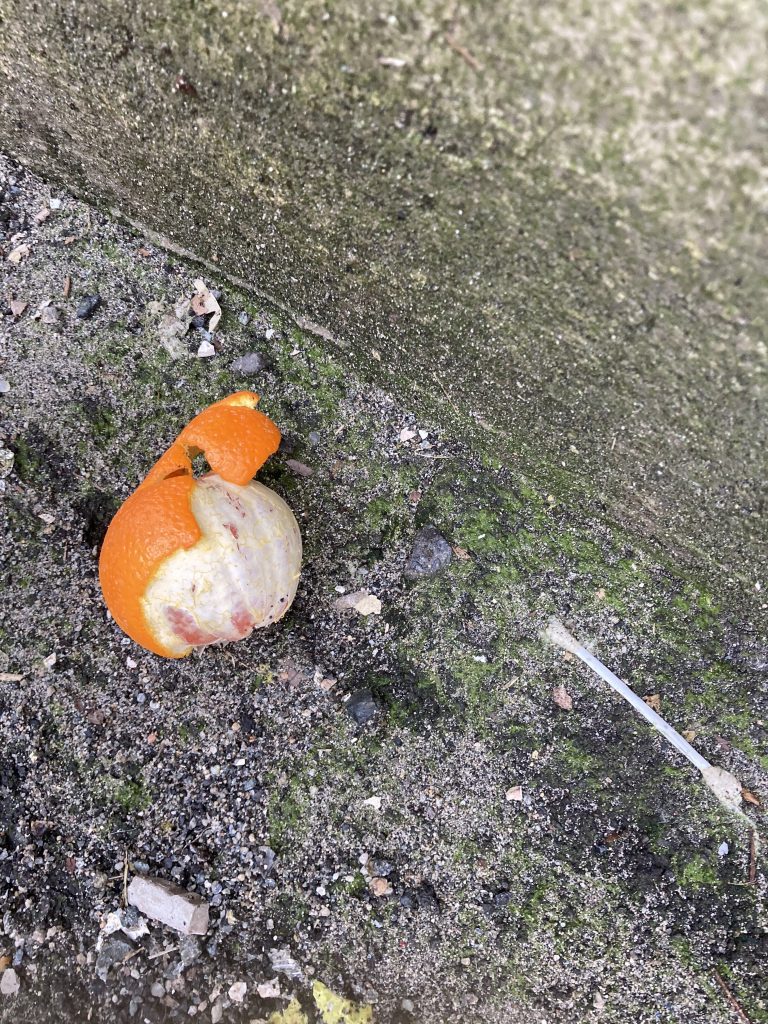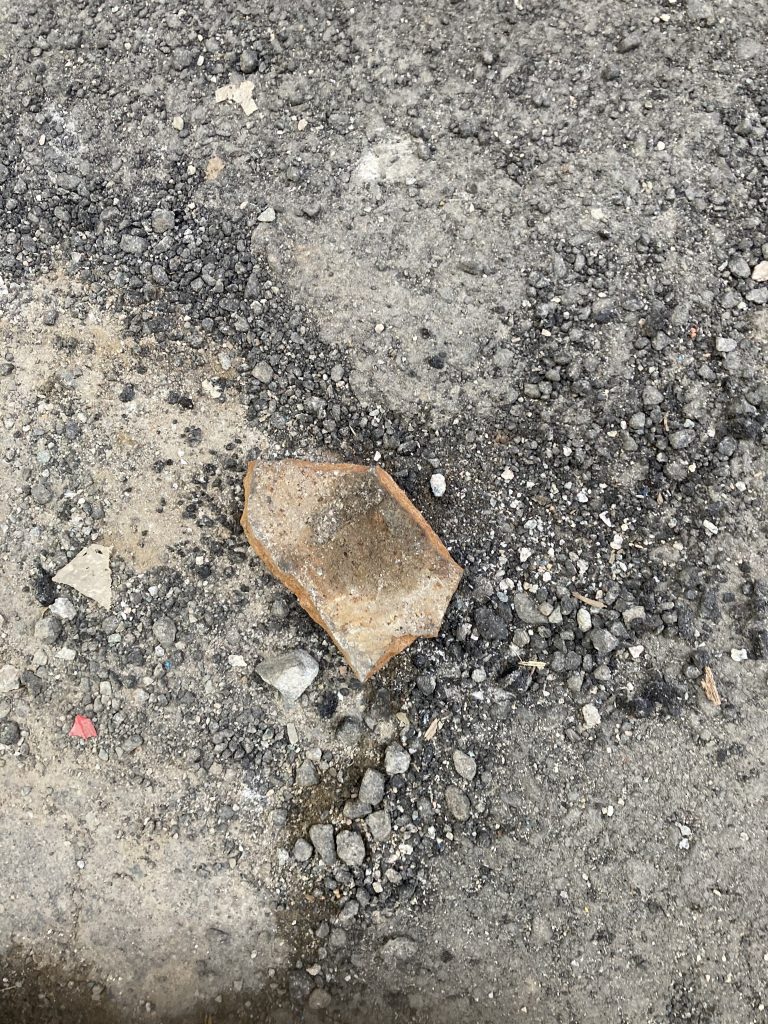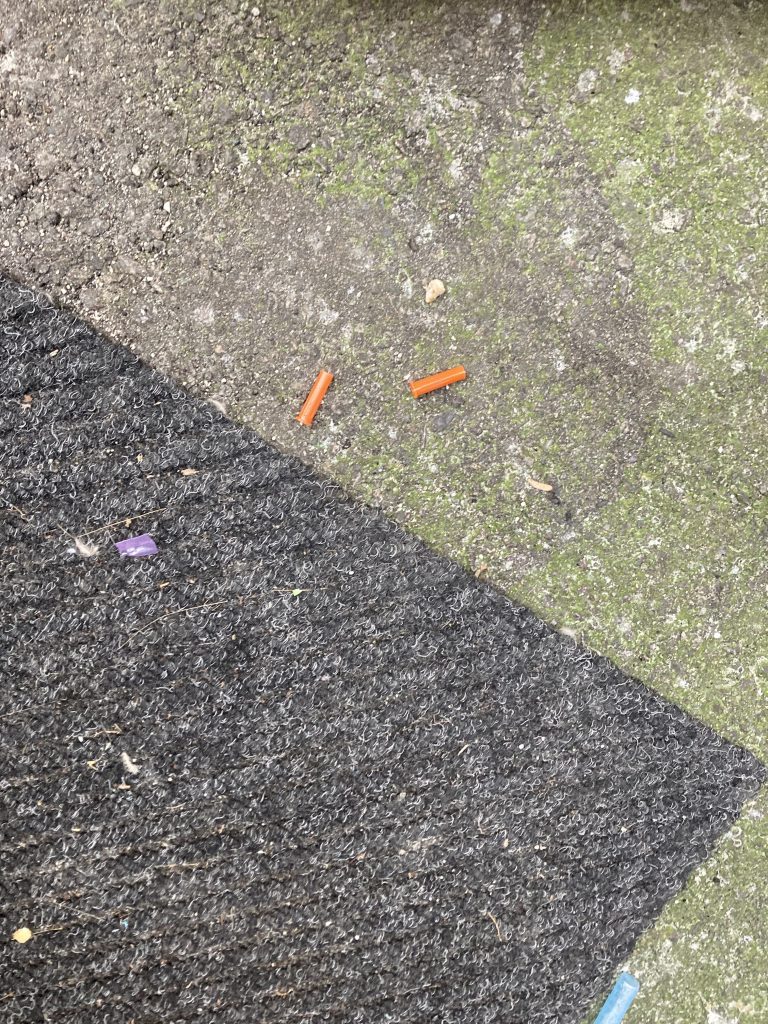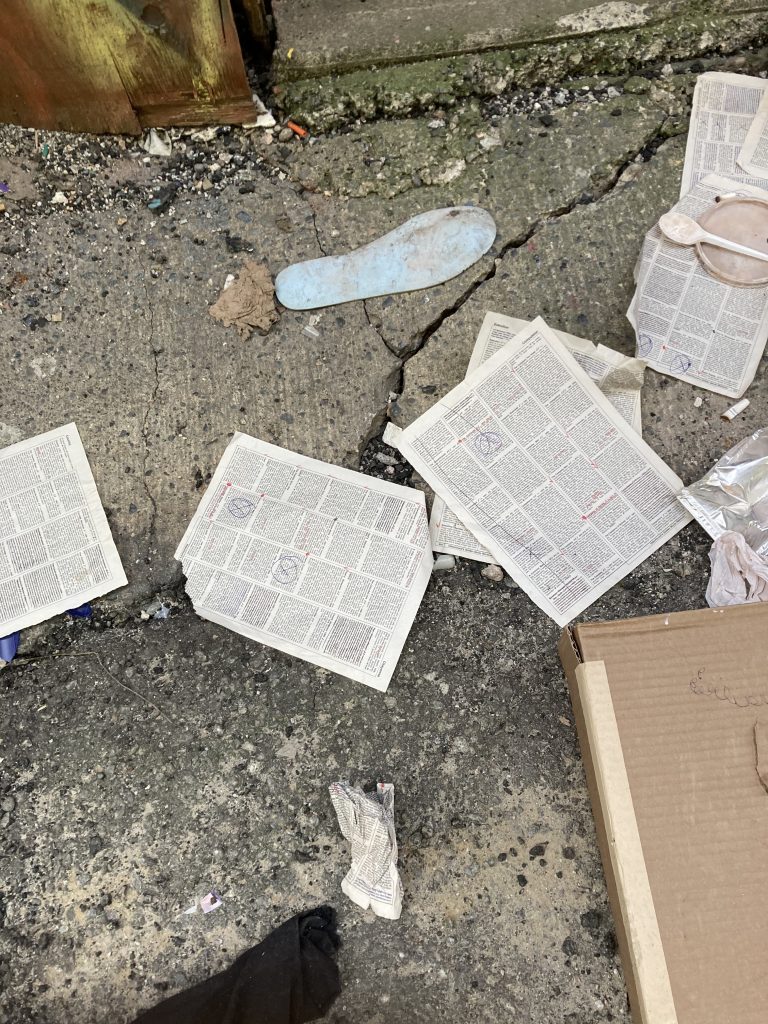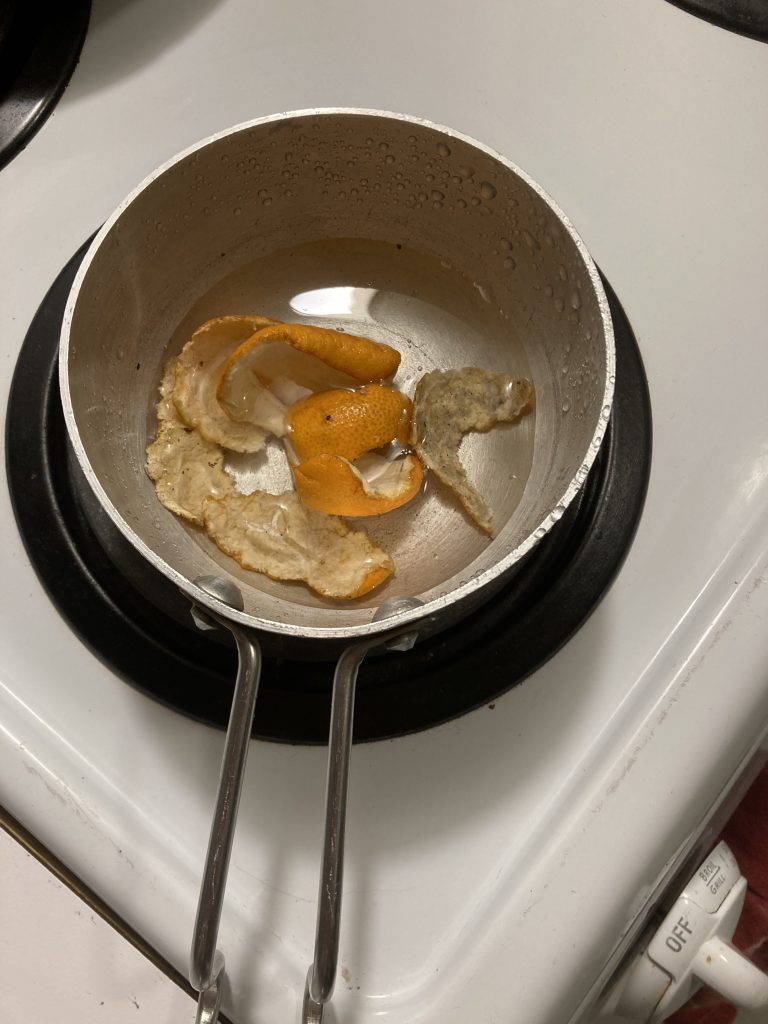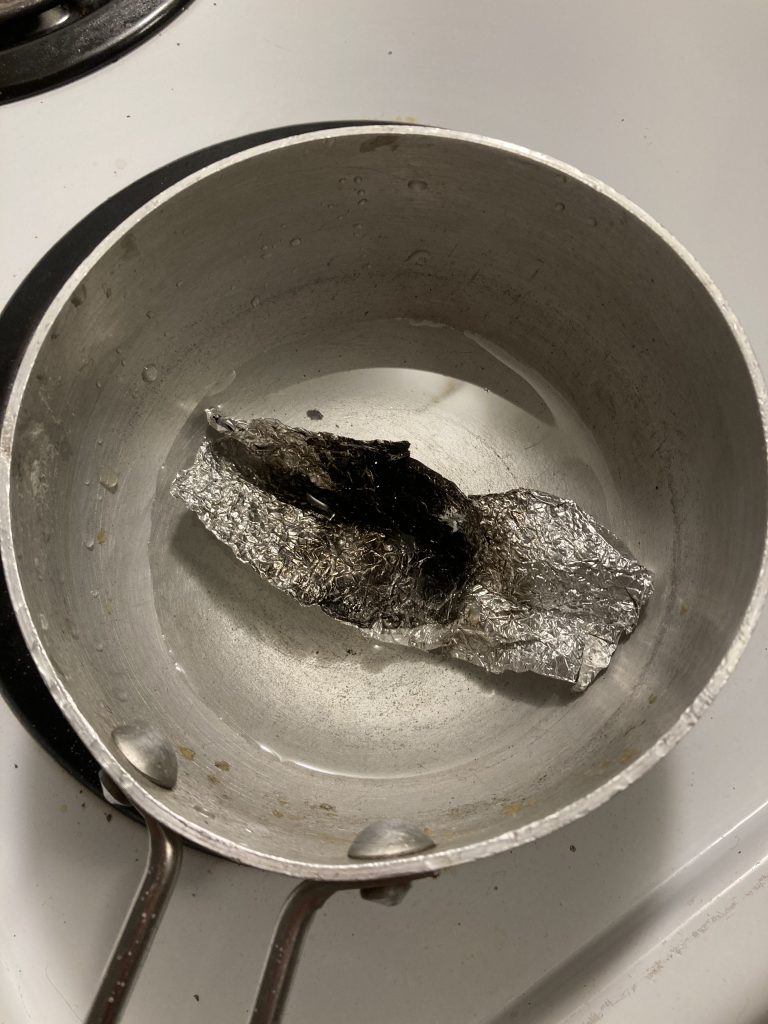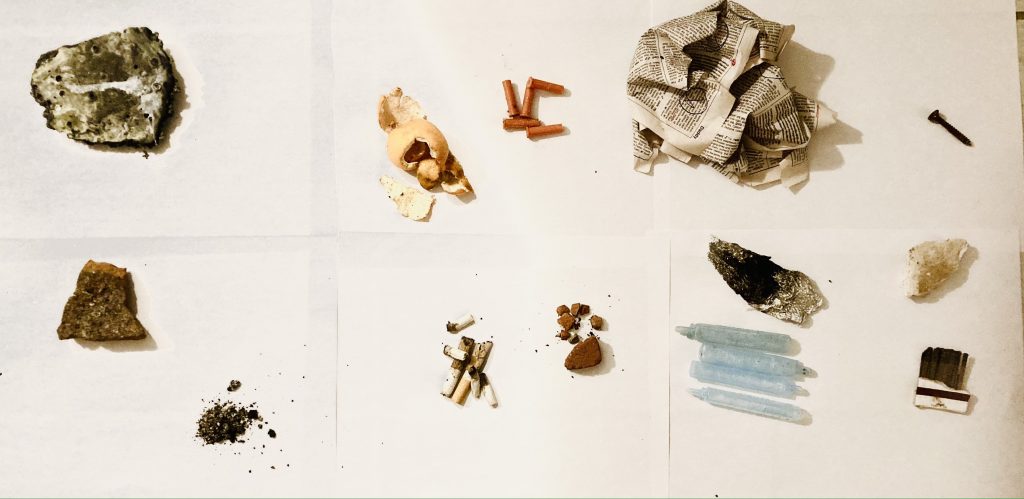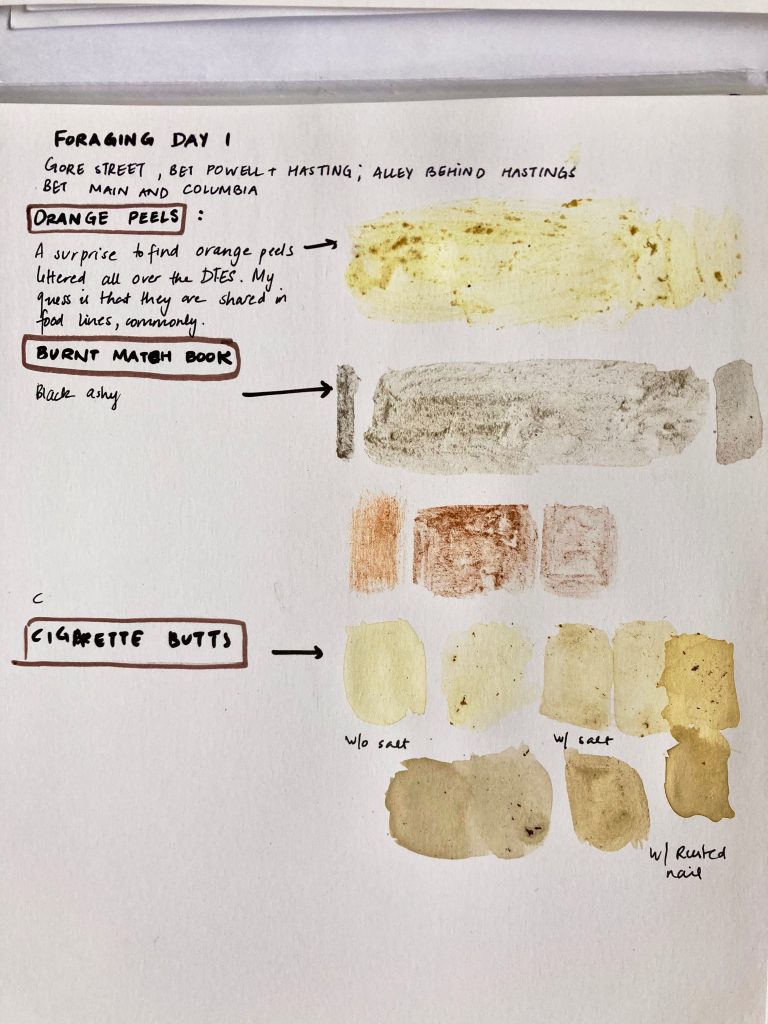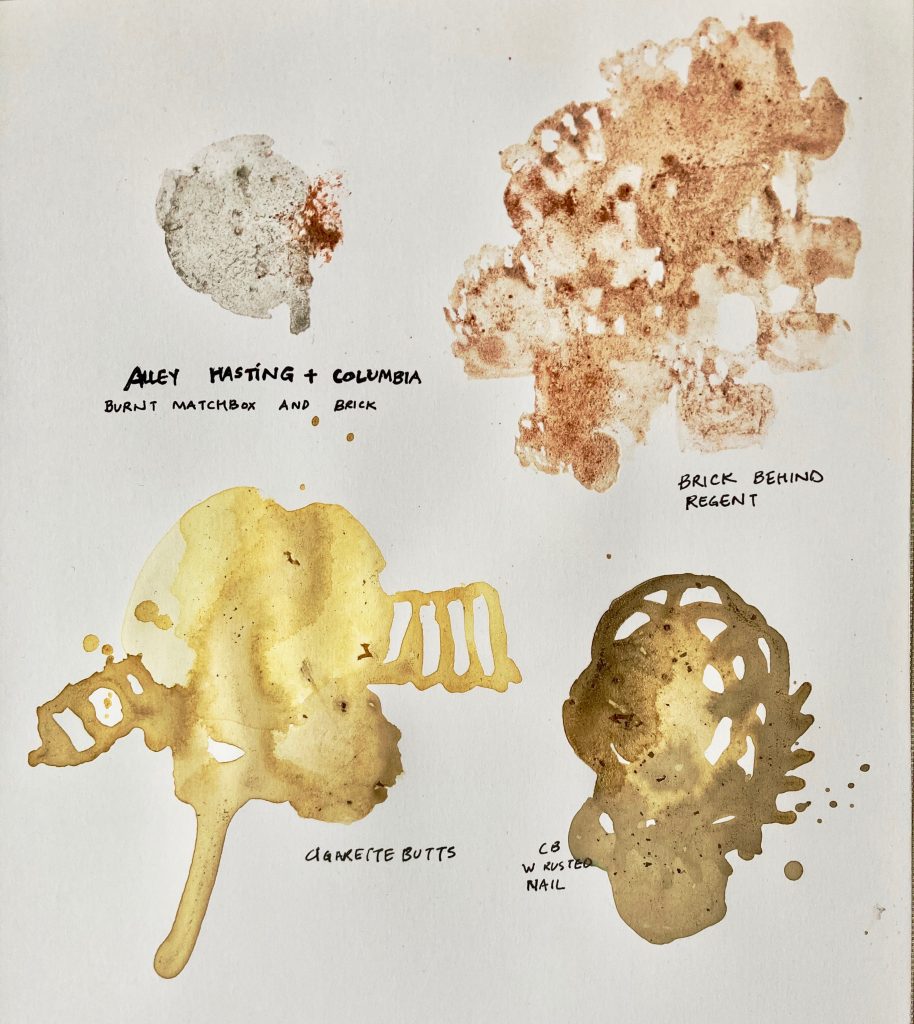STILL IN PROCESS
Introduction
Last night (after having “completed” this “project” 2) I was able to sit on a discussion led by Cissie Fu and A.Y. Odedeyi, two POC political philosophers to talk about the relationship that BIPOC individuals have with the university as an institution. It led to many students including myself confronted yet again with the realities of our own tenuous and strenuous relationship with Emily Carr University. A lot was shared- Mostly frustration (about the privatized nature of arts education and all of the $$$$) mixed in with feeling of longing for a community, for closeness, for affinities or simply the smell of paint and wood chips from workshops and studios. What stood out to me most, stemming from my personal experience is that some of us needed the safety walls of this arts institution to get access to different models of thinking through the same old problems. We wouldn’t have got it anywhere else but here.
Project 2 considers this integration of different models/methods for problem framing. In this project I seek to integrate my work as a front line worker in Vancouver’s Downtown Eastside (DTES) neighborhood to my design practice founded within an academic institution. I have approached this daunting topic by conducting a series of conversations and short exploration as a small step to foster possible inquiry questions and begin to identify a focus for a larger project or even a thesis.
In the last 5+ years I have worked as an Outreach Worker for the City of Vancouver in the DTES and briefly at the Social Service Agency in Oakland. (I am mentioning all this to show only that personal experience is backing these assertions). Now mostly as a part time outreach worker, I keep thinking about the frameworks through which we solve problems in different spaces and how these frameworks tend to be driven by status quo methods of problem solving that are specific to the institutions that harbours the status quo. Institutions seem siloed and so do the methods of problem framing and solving- There is no porosity. This project sought to consider how we can move and weave between institutional walls or at the least begin to pierce through to imagine what moving outwards and bringing into can look like?
The Labs within Emily Carr are able to do this in some really wonderful ways. I keep reflecting on conversations with Alzheimers BC and Vancouver Coastal health to convince them of the value of design methods to engage with people living with dementia and to push for culture shifts within long term care institutions using these methods. Quite exhausting tbh, but small shifts seem meaningful. These are methods moving outwards. I want to begin to think about methods moving in and out and in again. Like a repair job. Like sewing a gash.

The Project
There were three goals to this project’s explorations, which I can clearly articulate in retrospect despite how ambiguous they were when I first started out 3 weeks ago. 1) I wanted to be able talk to my colleagues at my Outreach job about what I am hoping to do at school and to be able to bring some methods that I intuitively practice at work within my school work. 2) I wanted to understand what about my experience working in the DTES calls out to me as a possible point of further exploration. 3) How do frontline workers begin to problematize the space that they work within? I did this through the following methods and methodologies:
Methodologies: Moving in between, hunched-over-in-search-for, walking with- walking through
Methods of making: Conversation, scribbles, mark-making, intuitively curated drawings, mapping, visualization and probably a few others that I cant quite identify.
What the hell is this thing we are feeling? Chats with L&N
I started off with a conversation with two friends that work in the DTES. I bought them beers and we created a brainstorm chart. It was step one of introducing them to a really simple design method- brainstorming on paper. Here is scribble drawing of our chat over beers.
I approached them with the question: as front line workers, can you describe what you do? Can you identify some overarching systems that you are confronted with or are impacting the community that you serve? The purpose of the conversation was to create space for open dialogue. I transcribed all the notes from the the chart to a Miro board that I have just shared back with them, so they can add more points to the board. Here is the Miro link:
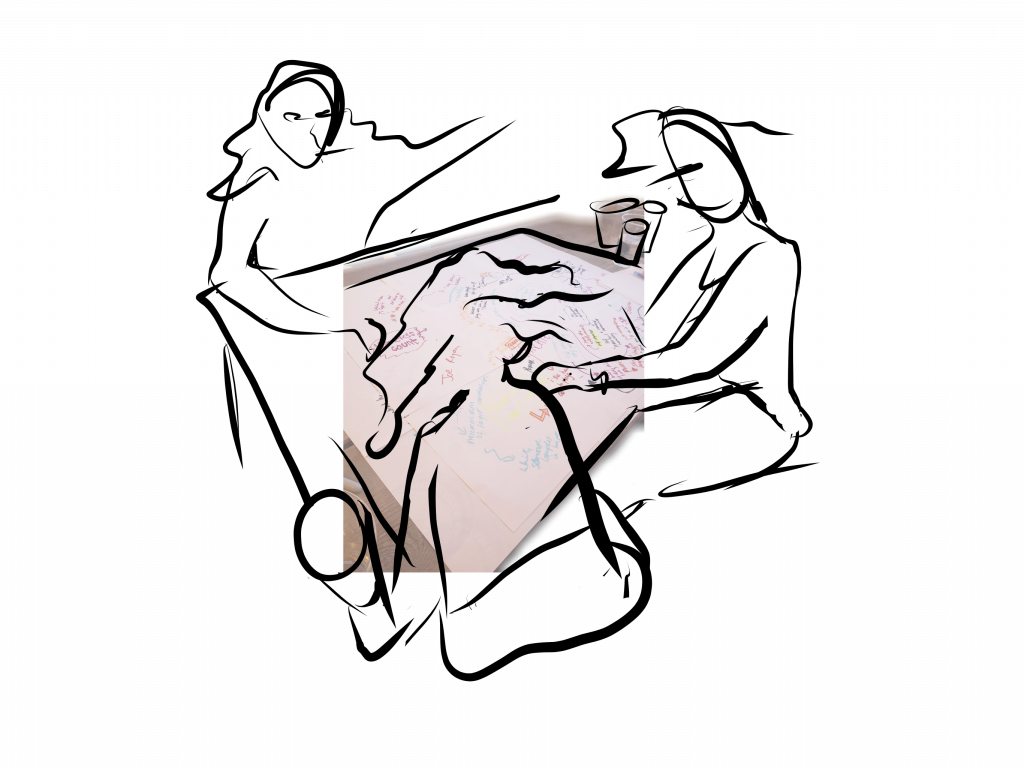
Walking With- Walking Through- Chats with H
After the first conversation, I quickly realized the value of conversations as a way to pierce through siloed spaces. I decided to continue intentionally talking to my colleagues. The names of each of my colleagues are coded with a random letter. Each of these conversations were insightful and meaningful. I began to further make sense of the content of these conversations by developing intuitively curated drawing that capture the different elements of these conversations.
The next conversation took place with my colleague H who I sometimes do outreach shifts with. We usually walk around the neighborhood handing out harm reduction supplies and getting in touch with folks in the community. During our walk, I told H that I was looking to do a project on the DTES and wanted to gather ideas as we walked and talked.

H is a teacher and approaches her teaching practice with a sense of criticality. She is especially concerned about the middle class socioeconomic homogeneity that is ever present in her school which impacts the way in which teachers develop curriculum and bring students into conversation. We then started thinking about how socioeconomically driven frameworks show up in different ways in the Downtown Eastside and impacts how services are delivered- how socio-economic realities show themselves at different hierarchical levels.
I also shared with her an idea about possibly doing a project that documents lines (queues) that form in the Downtown Eastside- lines as a representation of larger systems that take place. She liked this idea. A few days later she sent me a message with a photo of line up she witnessed in the Downtown Eastside, with a hilarious caption- hipster and hobo? Made me laugh. This was a “hipster” line- a whole host of people lined up for croissants deep in the intersection of Chinatown and Downtown Eastside. She says, “I am hyper vigilant of lines now”. In a different text she says, “its just weird how these two groups exist in the DTES and run parrallel lives”. I love that the conversation continued. Different frameworks had begun to collide as we walked and talked.
Side-note: lessons from a teacher in the value of shifting how we speak
I wanted to talk about what I am doing at school with more friends and colleagues, especially those in more managerial roles. This was much harder than I had imagined. The way I explained conversations in design school felt lost in translation as I spoke about it at work. An arts education has afforded me with frameworks, vocabulary and language that allows me to articulate my understanding of persisting systems in very specific ways. Its a privilege. Through my conversations with H and hearing about her experiences with some of her students that are checked by teachers on how they represent themselves at school, I thought more about this privilege. I practice this privilege most palpably when I have unreasonable expectations of how people express their experiences and the world around them. I expect people to understand their experiences with criticality or understand the weight of certain terms and vocabularies that they use- forgetting the privilege that I have gained through all these years in an art school. This privilege is characteristic of our generation that has access to a particular type of education/ experiences. Changing societal expectations on how we speak about persisting systems and challenges can frequent derail dialogue. How can we practice that calling in instead of calling out methods of engaging. Teachers, thoughtful teachers like H, do this so well!
I choose to mention this here, because this is an important consideration as we move between spaces and worlds. This point- to be mindful of our expectations of others as we move between institutions- amongst other points touched on throughout these explorations is practice in distinguishing a set of values and implicit agreements on how to progress through my own larger project or other complex projects, in general. I’d like to take inspiration from people (as well as my own experiences) who have developed intuitive methods of communicating between different spaces and institutions that promotes dialogue instead of breaking it down.
People that inhabit different worlds (interdisciplinary spaces) are well versed in shifting how we speak in different contexts, in the words we use and the type of conversation diplomacy that we perform. Social workers who are connectors of different support services are well versed in this type of code shifting. Meanwhile, immigrants and 3rd culture inhabitants, people belonging to minority groups are forced to practice code switching all the time. I wonder how we can leverage these code shifting techniques into communication over institutional boundaries to bridge gaps between institutions. How can we introduce cross-disciplinary methods between institutions to facilitate cross-disciplinary problem-framing and solving? Here are some notes around transforming code-switching practices to intentional performances of shifting voices to catalyze reactions in different spaces. Bell Hooks talks about teaching as this performative act:
“Teaching is a performative act. And it is that aspect of our work that offers the space for change, invention, spontaneous shifts, that can serve as a catalyst drawing out the unique elements in each classroom. To embrace the performative aspect of teaching we are compelled to engage “audiences,” to consider issues of reciprocity. Teachers are not performers in the traditional sense of the word in that our work is not meant to be a spectacle. Yet it is meant to serve as a catalyst that calls everyone to become more and more engaged, to become active participants in learning.
Just as the way we perform changes, so should our sense of “voice.” In our everyday lives we speak differently to diverse audiences. We communicate best by choosing that way of speaking that is informed by the particularity and uniqueness of whom we are speaking to and with…The engaged voice must never be fixed and absolute but always changing, always evolving in dialogue with a world beyond itself.” -Hooks – Teaching to Transgress
Moving between two worlds- A Black Ontological Perspective
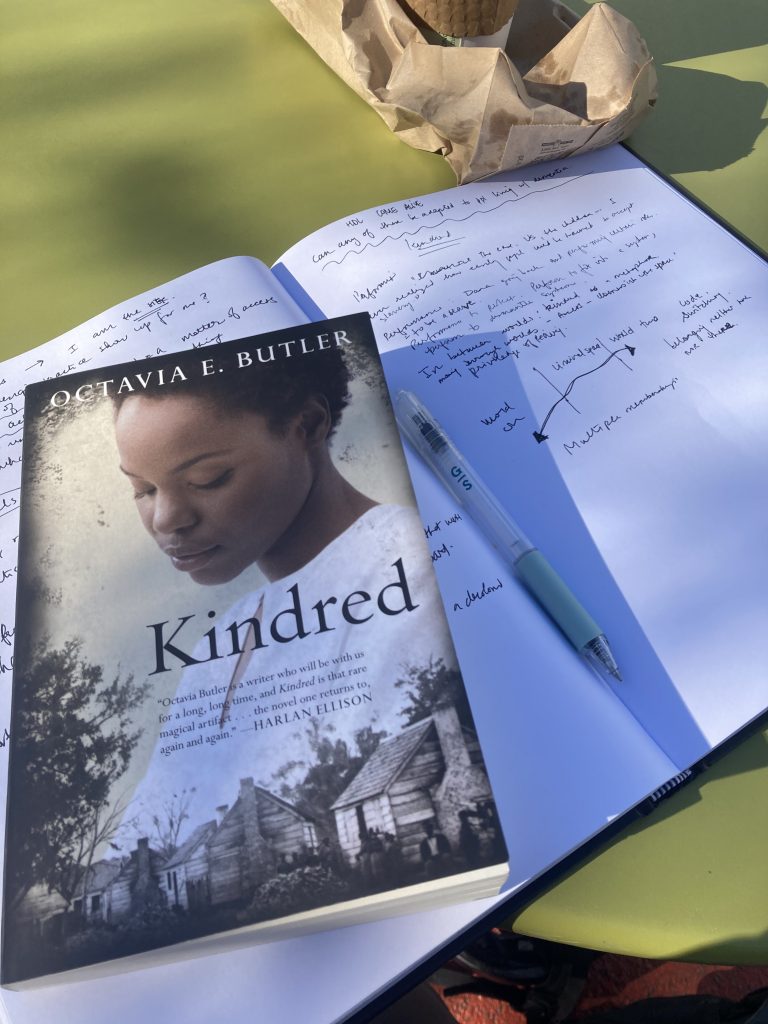
As another exploration I read Kindred to introduce myself to a different ontological perspective and consider how this can inspire new methods and methodologies to explore in my design work. Octavia Butler’s Kindred is a story about a Black woman in present day America who keeps getting pulled back in time to the early 1800s to protect the life of her white ancestor, a slave owner. She is pulled back in time without her volition and is forced to live in the conditions that Black slaves were subjected to in antebellum South. She is adopted into and even implicated in this horrible system by virtue of kinship that she cannot escape.
What does moving in between world look like?
Can moving between two worlds become my research methodology?
Getting stuck, then unstuck, then stuck again
After a few conversations and readings, I felt stuck. Feeling unsure on how to move forward in my exploration, I dove into some making explorations while bridging worlds. I decided to pick up scraps of things that I found scattered on the floor of alleys in the DTES during one of my outreach walks. I extracted ink from some of these things that I found.
Hunched Over in Search- The Scavenger’s Methodology
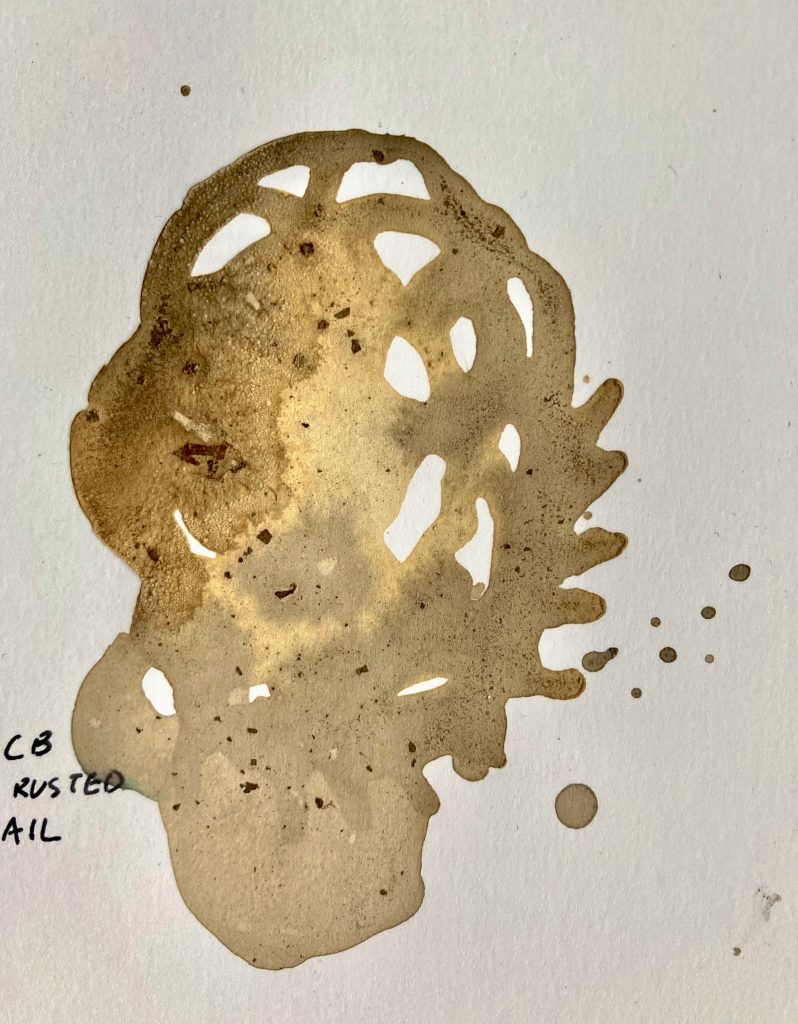
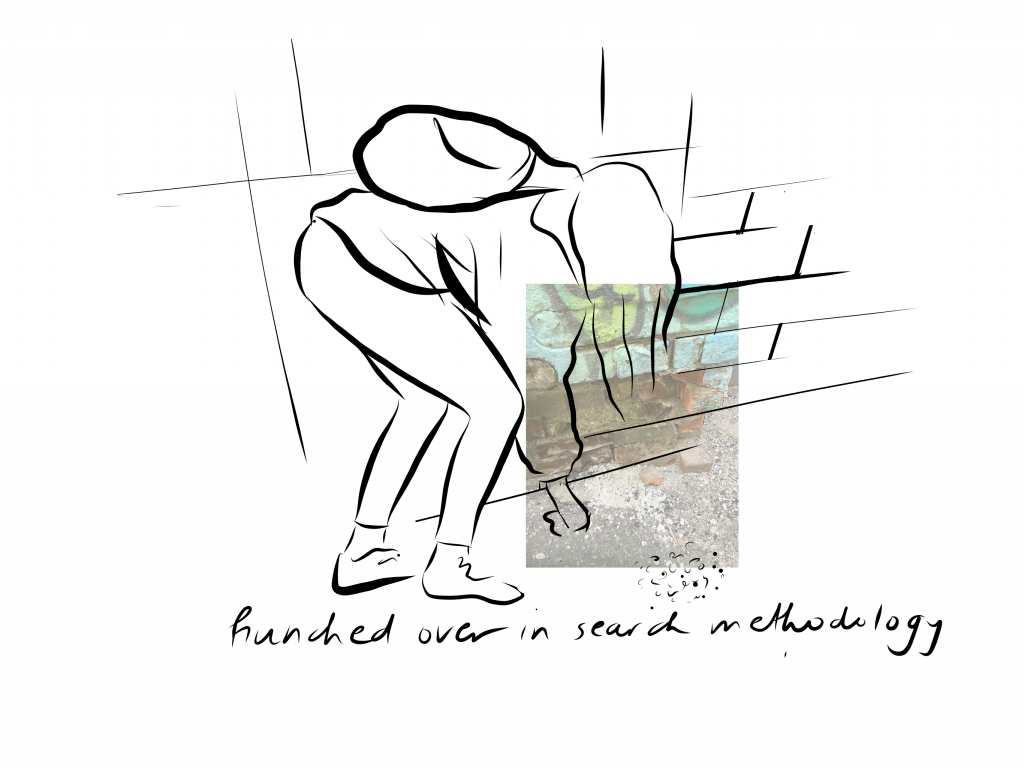
In this exploration, I imagined my environment and walks from a totally different perspective. As I walk in the neighbourhood, I frequently see people walking around in alleys hunched over, looking for lost drugs or scrounging for material. I can observe this as an outsider and document this behaviour form a distance, but to participate in a similar act of hunching over fostered a different level of empathy. I was very aware of being looked at. I felt vulnerable and uncomfortable. It was different view- allowed for a strange levelling out of hierarchies. It became a different sort of methodology to understand (gather knowledge about) this neighbourhood.
A more obvious visualization: Another exercise to get unstuck
I continued to be stuck after this ink making exploration and tried something different. I started thinking about these interviews that I do at work that are called, the Vulnerability Assessment Tool (VAT). I conduct lengthy interviews with homeless clients to get details about their housing history and information about their health, mental health and substance dependencies as well as how they cope with stresses. After each interview, I write a report and quantify each client’s level of vulnerability. I give them a number. Yes, its as ridiculous as it sounds.
I usually conduct these interviews in a small room in our office. The small space affords a different type of proximity that again levels out hierarchies. I frequently cant help but fall into my clients shoes, walking through their lives with them for the duration of the interview. And with ease of privilege I walk away from these stories when I leave the room.

For this exploration I decided to look through 15 most recent VAT reports that I’ve written and visualize them in a diagram (see below). In each report, I identified different government infrastructures that each person has relied on in their most recent 5 years. These include social services, health services, mental health services, addictions support, Ministry of children and family development, subsidized housing, community centres, federal pension program, justice system. These infrastructures are represented by the circles in the visual below. Each of the line in the visual represent each person bouncing between these infrastructures. Im not sure what to make of the diagram other than as a visual representation of transience, dependency and messiness. Its an attempt at reducing how we characterize vulnerability of people entrenched in incredibly complex and traumatic systems, mirroring this reductive Vulnerability Assessment Tool. At best this was a quick exploration of yet another method of understanding this daunting topic and bringing in design methods into a non-design space.
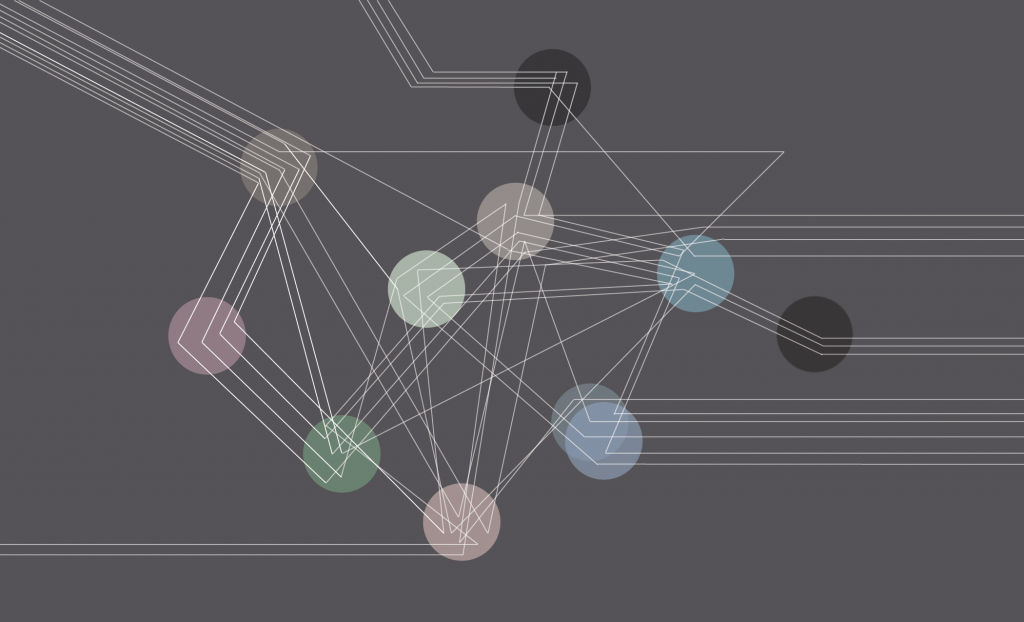
Shifting the onus by design- Chats with C
I picked up the book Diagrams of Power and Performance and finally started to feel unstuck. One of the projects in the book modelled the City of Medellin’s paradigmatic transformation that led to community wide impact. Through the project, the Medellin Diagram, urban designers and theorists Teddy Cruz and Fonna Forman “translate and visualize the complexity of political and civic processes that characterize the most progressive projects in the city, so that they may be translated and re-deployed in other contexts to cultivate a renewed civic imagination.” Medellin is a case study of a Municipal Government spearheading efforts to engage the public and foster spaces of collaboration in order to confront poverty, housing and social services. “Municipalities were essential top-down catalysts to activating bottom-up sensibilities that were typically squashed into habits of acquiescence through centuries of imperialism, domination poverty. Bottom-up democratic practices are the key to civic freedom, no doubt.” The diagram visualizes paradigmatic shifts within Medellin’s municipal mandate. The diagram included the following ideas: Public space educates, redistribute knowledges and resources, fragmented institutions fragment the city, co-produce cultural programming, curate the meeting of formal and informal capacities, amongst others.
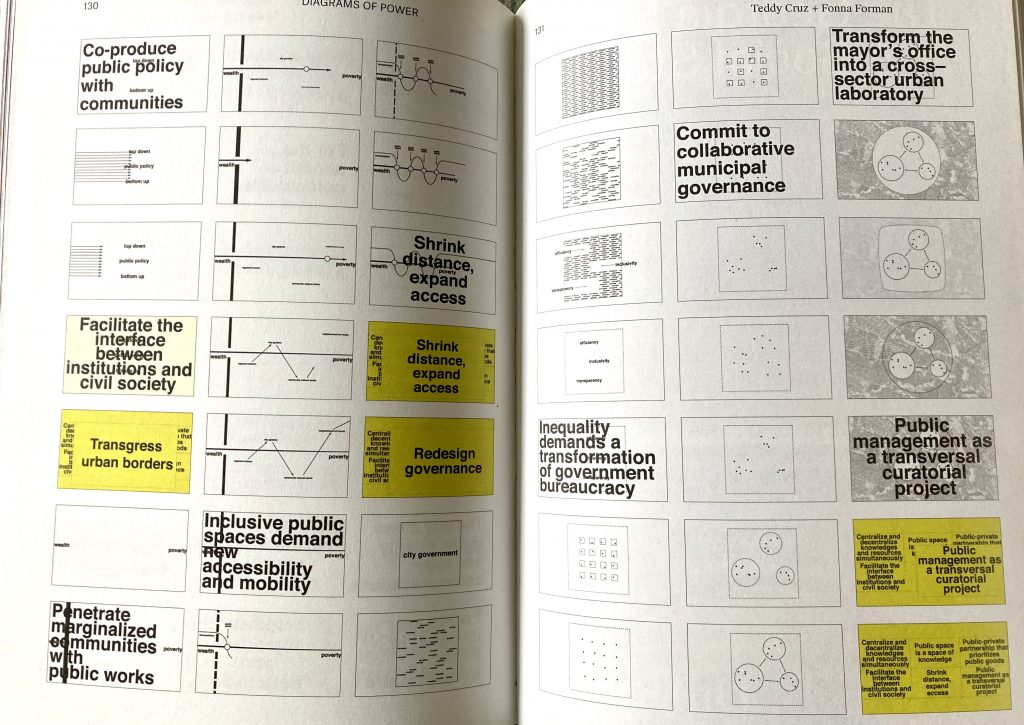
I was very excited to come across this project and wanted to share it with my colleague C who works at Outreach with me. She leads the street outreach work in our organization and is one of the few most grounded in front line work. On top of being one of the most empathetic and kind people, she is very aware and articulate about her work and the community that she serves. I invited her for coffee to get her advice on a possible design project on the DTES as well as share the Medellin Diagram project. She was thrilled when I showed her the diagram. Something about the visuals and the way it was laid out caught her attention. The sharing of diagram kick started our conversation really well. It gave her an idea of where design could sit in these conversations.
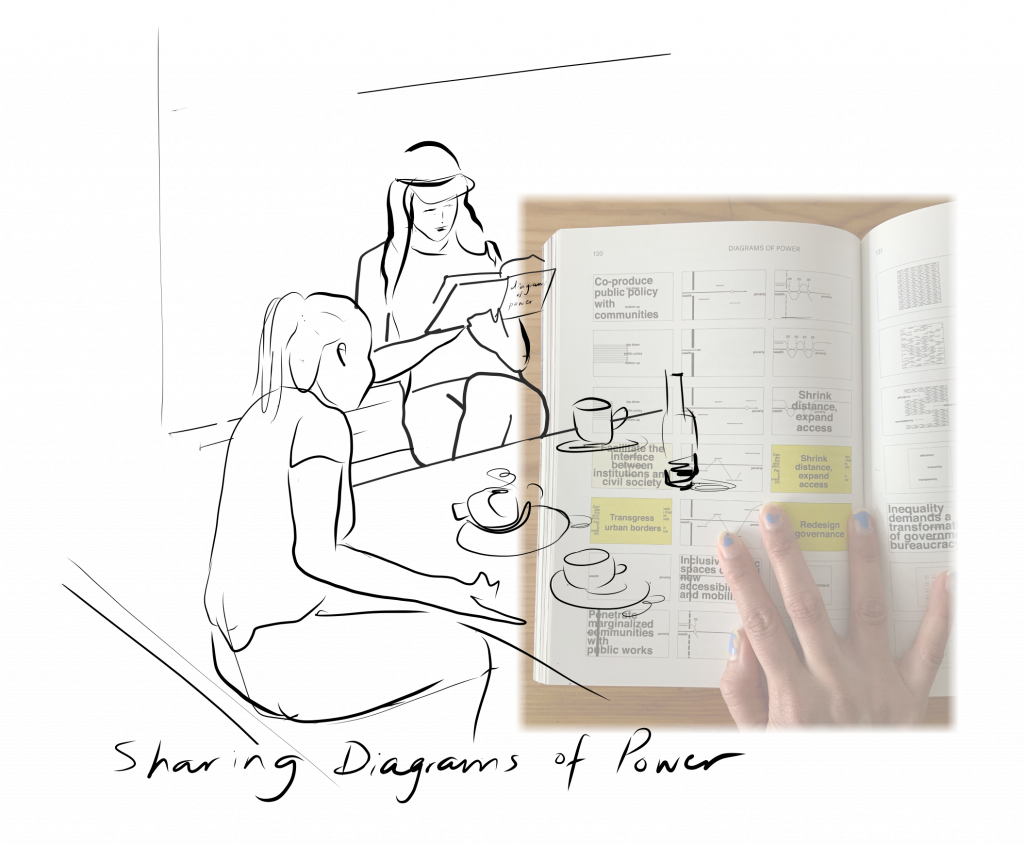
There was a lot of alignment between my conversations with C as well as earlier conversations with L and N. Some common themes were as follows:
The value of peer led spaces that are well resourced and supported by non-peers. This is currently not the case. We also talked about how systemic trauma impacts peer-led spaces and frequently perpetuates the same hierarchies that peer-led efforts are trying to dismantle in the first place. She talked about how self-governance has become a top-down buzz word. Top down promises of self-governance are not matched with much needed support and resources for people in those spaces of self-governance- A) Support that allows people to deal with systemic, longstanding intergenerational traumas to be able to exercise agency in a meaningful and collaborative ways. B) Adequate resources to actually succeed in self-governance spaces.
Data-based models of research- It was so great to hear L, N and C talk about how data-based models of understanding communities is not working! I felt validated. The City is not consulting the community to develop priorities as much as it conducts research to support and validate its own intentions. Traditional research is doing just that. And it puts a lot of pressure on service providers in the community to meet quantifiable goals. To make it worse, there always seems to be a stark disconnect between policy-makers/service designers at the Municipal/ Provincial level and the realities that takes place on the ground in the front lines.
The most valuable insight that came out of my chat with C was a question that she posed to me: She asked me why I wanted to do participatory research with people living in the community? And how could I make this type of research seem NOT trite (at best) or poverty pimping-ish and perpetuating trauma (at worst)? She talked about photo documentation project that represent people in the neighbourhood- a sort of exotification of this “marginalized/ vulnerable” community in contrast to Megaphone, a community based publication that is by and for the community. We talked about how doing such a research will be very challenging, but that there is definitely a need to shift how research takes place. While we didn’t come up with a clear answer, she proposed a shifting of responsibility and onus.
Shifting of Responsibility/Onus: Going back to an earlier thought: people using services in the Downtown Eastside are constantly forced to tell and retell their stories over and over again. Its a constant performance of proving trauma, which I can imagine is exhausting and dehumanizing. A participatory research project to understand the woes of the community would likely do just that. C recommended ways in which I could highlight the role of businesses that are encroaching into the DTES neighbourhood. These businesses are not showing any sense of responsibility to the community-we thought about the cafe that opened up a few doors down from Oppenheimer park with the most exclusionary frosted windows and overpriced offerings- classic tale of gentrification.
This makes me wonder how people outside of the DTES understand the DTES community. We talk about Vancouver in such dilineated terms- addressing neighbourhoods as bounded within stark contained lines- that is certainly the story of the DTES. How will people outside of the DTES ever priorities equitable systems and structures if we are not engaged with whats happening within that community? I am going back to the idea of porosity and how there is none…
Maybe a project about the DTES needs to be done outside of the DTES?
A Type of a Conclusion
drawing upload
Okay so after all these small yet incredibly meaningful conversation, emotional ups and downs and brain-melting ambiguity, something awesome happened. I walked into my outreach supervisor B’s (who is also a colleague and friend) office this week. She asked me what I was upto at school. I just so happened to have my computer handy and showed her some of these explorations as a way to bring school and work together. I also showed her some service design maps that I had designed, which she thought were fascinating and very helpful. She instantly started to see alignment between what she does and service design methods. She also wanted to hear more about creative methods as a different way to understand the same old problems- and as a way to get unstuck.
Our office has felt some stress from winter-during-COVID, which is not surprising. B jokingly calls this one phase of particularly troubling incidents as the time of “the Troubles”. We talked about how alone and helpless we feel in these moments. Especially coming from a managerial and bureaucratic perspective, I can imagine the pressure to adapt to quickly changing scenarios when the air that we breathe and the ideas that permeate within it become stale. In these moments, more than anything we need new energy. We need to new collaborations. A smudging ceremony hosted by the Indigenous elders literally broke through the stale air of our office. But why do we wait for the “troubles” or moments of crisis to respond in inter-disciplinary ways, to bring in other methods, fresh air and energy.
As I excitedly told B about the value of creative methods, my colleague C walked into the room and saw the drawing of herself on my computer screen. She was elated. Perhaps it was the feeling of being represented that felt nice? Or just a representation of a really wonderful conversation in the cafe that we both cherished so much (I hope!)… I don’t know. It was a good moment. To make it better, in that very moment, the coordinator of our outreach program popped in and became curious about our conversation. He wanted to see the drawings. He took my laptop and scrolled through the images. “Hmmm…” is all he said. But for me, THAT FELT HUGE! It was a brief moment of piercing. A very tiny and sharp pierce, but a pierce nonetheless.
This “project” allowed for a collision of frameworks. It was the meeting of social workers, teachers, front-line workers, designers, managers and all the other roles that each of us take on on different days and different moments. Maybe we’ve modelled something important here.

THE END
V
V
V
Studio reflection and comments from class
– aesthetic values of sketches
– mapping: if the mapping is a little bit explicit- meaningful content, what are these lines and circles representing?
– Scavenger’s exercise. Metaphor of whats forgotten. Act of picking up. Being coded in society’s view as being less than.
– How do I mediate between these two worlds? -WEB Dubois- Double consciousness. Know yourself, through the eyes of others . The condition of othering. Construct a new metaphor. How do these people see me?! Imagine being so exposed all the time- Retelling personal story to each organization ( social system) that one has to walk into – to prove your victimhood, in the forms of asking, begging (the squeaky wheel)**– shifting the onus/responsibility.
Pathway of method: constructs of literary fiction-“truth in the tacit form”, writing about this method. Create a library of method.
Pablo: What if the mapping contained images representing some of those experiences? Something like scavenged objects in the circles?

